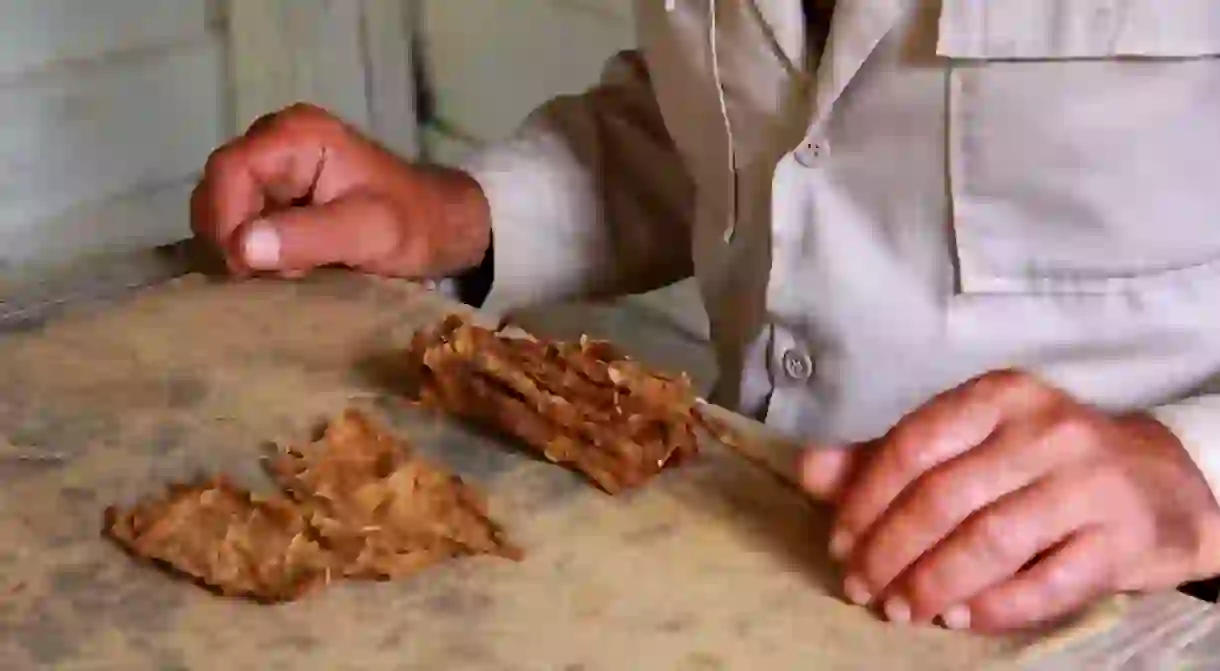A Brief History of the Cuban Tobacco Industry

Think of Cuba and cigars will be one of the first things that pops to mind for many people, but how did the Cuban tobacco industry become such an important part of the island’s history?

A Cuban practice exported to Europe
By the time Christopher Columbus landed in Cuba in 1492, locals had been smoking tobacco for centuries. They called the tobacco plant “cohiba,” and used to roll its leaves in maize or palm leaves before smoking.
This early form of cigar intrigued Columbus, and he took some tobacco to Spain. Before long the Spanish were doing a roaring trade in tobacco as cigars became fashionable throughout the Old World, making huge profits in the process. Interestingly the cigar factories of the time were built in Spain, not in Cuba itself, with the first cigar factories starting production in 1676.

Free trade allowed the market to boom
By the late 18th century it was acknowledged that finished cigars survived the transatlantic voyage much better than the leaf, and cigar factories were set up in Cuba. By 1810, Cuban cigar brands were registering for trademarks and the industry took off when Fernando VII of Spain allowed free trade for the island in 1817.
Cuban cigars were now exported around the world by steamship, and industry boomed. The fashion for cigars led to them being associated with wealth and power, an association that continues to this day despite the acknowledged health risks.

A turbulent recent history
Major growing areas for Cuban tobacco are centred around Pinar del Rio province, in particular the tourist town of Vinales. Following the revolution there was a period of turbulence as the industry was nationalized, but economic assistance from the Soviet Union helped to get things going again. In fact, cigar quality increased with strict government supervision and the early 1990s was a golden era for Cuban cigars.
Unfortunately the subsidies stopped when the Soviet Union collapsed and Cuba suffered during the so-called Special Period. Tobacco farmers had to deal with shortages of fuel and fertilizer, a run of bad weather, failed attempts at growing new tobacco hybrids, and schemes to boost production that ultimately backfired. Planting in unsuitable areas, changes to the processing of tobacco and the employment of poorly trained staff combined to make the quality of Cuban cigars decrease significantly.

A living industry
However things have improved again since hitting a nadir in 2002. A return to traditional techniques has seen quality climb back to previous levels, and cigar aficionados are once again clamouring for Cuban tobacco.
To this day you can visit the farms to see how tobacco gets from field to cigar. The best place to do so is Vinales, where you can go and see small producers. If you’re lucky they might even sell you some of their stock at bargain prices.













